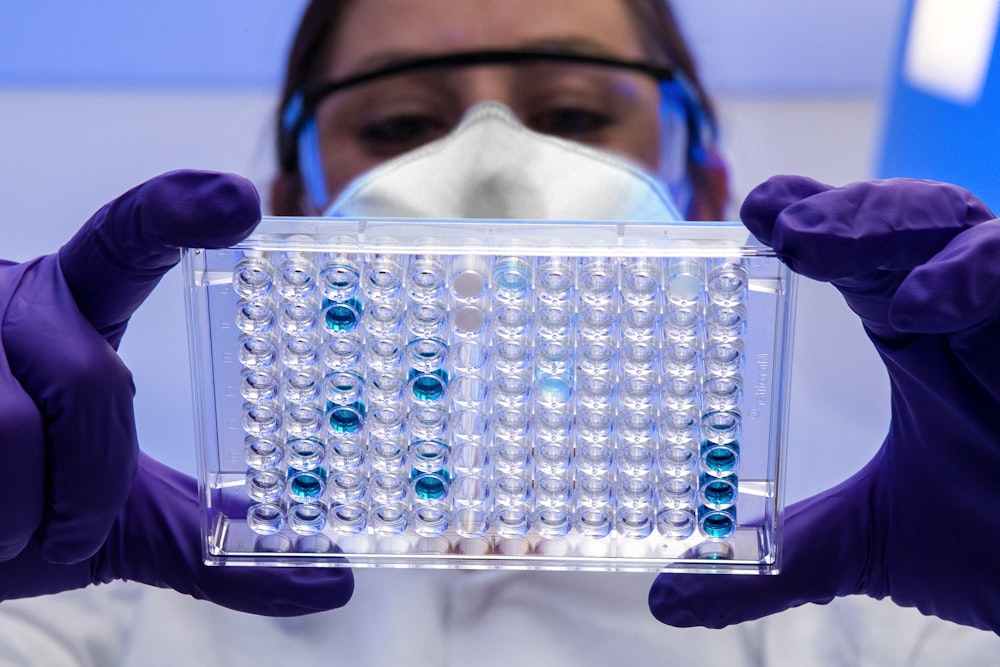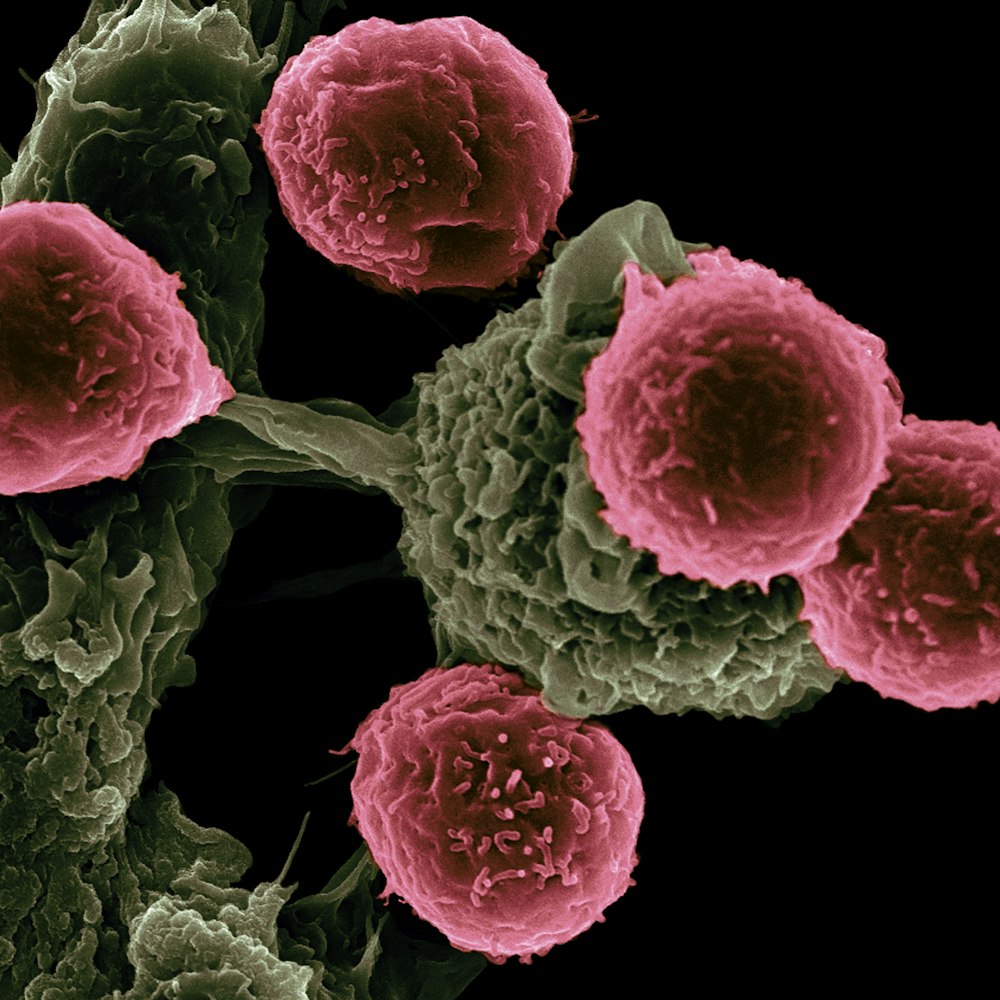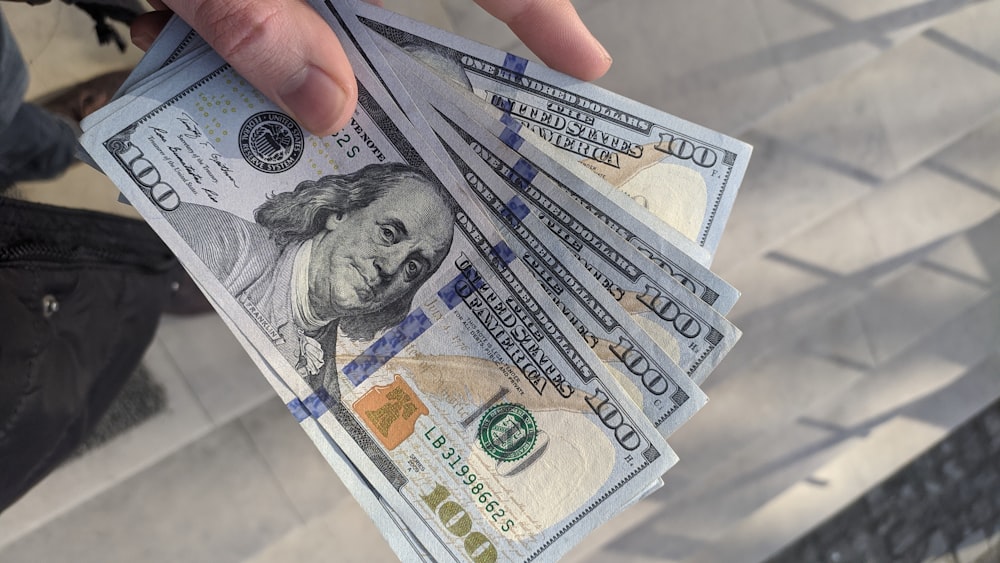
Photo by National Cancer Institute –
Top 10 Sensational Facts about James Watson
James Dewey Watson was born in Chicago, Illinois, on April 6th, 1928, as the only son of James D. Watson, a businessman, and Jean Mitchell.
Young Watson attended Horace Mann Grammar School and South Shore High School.
He then received a tuition scholarship to the University of Chicago, and in the summer of 1943 entered their experimental four-year college.
In 1947, he received a B.Sc. degree in Zoology. During these years his boyhood interest in bird-watching had matured into a serious desire to learn genetics.
This became possible when he received a Fellowship for graduate study in Zoology at Indiana University in Bloomington, where he received his PhD degree in Zoology in 1950.
Here are the top 10 sensational facts about James Watson;
1. James Watson Nobel Prize in Physiology 1962

Photo by on
James Watson gained worldwide fame and prominence as the joint author of the four scientific papers between 1953 and 1954 (which he co-wrote with fellow scientist Francis Crick) that laid down the double-helical structure of deoxyribonucleic acid (DNA).
A megamolecule is the fundamental substance in the process of genetic replication.
This discovery won Watson and Crick (with Maurice Wilkins) the Nobel Prize in physiology or medicine in 1962.
Together with Crick, they thought it should be possible to correctly guess its structure, given both the experimental evidence at King’s College plus a careful examination of the possible stereochemical configurations of polynucleotide chains.
Their first serious effort, in the late fall of 1951, was unsatisfactory.
Their second effort based upon more experimental evidence and better appreciation of the nucleic acid literature, resulted, early in March 1953, in the proposal of the complementary double-helical configuration.
2. James Watson Gave Rise to Molecular Biology.

Photo by on
During the 1960s, Watson became a celebrated science writer, he published his textbook Molecular Biology of the Gene in 1965 and his best-selling autobiographical book The Double Helix in 1968.
Watson became the undisputed leading voice in American science.
He epitomized the scientific creativity in 20th-century science, giving rise to molecular biology and its two applied offsets; biotechnology and the human genome.
3. James Watson was into Zoology Before Genetics.
James Watson was primarily interested in the field of ornithology during his undergraduate years. In 1947 he received a B.Sc. degree in Zoology.
He began his doctoral research in 1948 under the direction of the Italian Biologist Salvador Luria.
Watson was born in Chicago on April 6, 1928, to a working-class family with no money but lots of books.
He was featured on the Quiz Kids radio show at the age of 12.
His early interest in science was bird watching and he graduated from the University of Chicago at age 19 with a degree in Zoology.
Watson’s scientific interest turned to genetics and he went to Indiana University to study bacteriophages, which are viruses that infect bacteria.
4. James Watson Served as a Director of Cold Spring Habour Labs for 35 Years.

Photo by National Cancer Institute –
From 1968 Watson served as director of Cold Spring Harbor Laboratory (CSHL), greatly expanding its level of funding and research.
He shifted his research emphasis to the study of cancer, along with making it a world-leading research centre in molecular biology.
Watson transformed a small facility into the world’s greatest education and research institution. CSHL’s research environment is unparalleled in the world of science.
In his roles as director, president, and chancellor, Watson led CSHL to articulate its present-day mission.
He was dedicated to exploring molecular biology and genetics to advance the ability to diagnose and treat cancer and other causes of human suffering
Watson served as the director and president of the laboratory for about 35 years. Later, he assumed the role of chancellor and then Chancellor Emeritus.
Following the broadcast of a documentary in which Watson uttered racist remarks CSHL revoked his honorary titles and severed all ties with him.
5. James Left the Human Genome Project for Ethical Reasons.
In 1990, Watson was appointed as the Head of the Human Genome Project at the National Institutes of Health. Watson left the Genome Project after conflicts with the new NIH Director Bernadine Healy.
Watson opposed Healy’s attempts to acquire patents on gene sequences. According to him, it amounted to ownership of the laws of nature.
Two years before stepping down from the Genome Project he opined the nations of the world must see that the human genome belongs to the world’s people, as opposed to its nations.
He left within weeks of the 1992 announcement that the NIH would be applying for patents on brain-specific cDNAs.
6. Watson Held a Different View on Biological Oxidants from other Biologists.

Photo by on
In 2014, Watson published a paper in The Lancet suggesting that biological oxidants may have a different role than is thought in diseases including diabetes, dementia, heart disease and cancer.
For example, type 2 diabetes is usually thought to be caused by oxidation in the body that causes inflammation and kills off pancreatic cells.
Watson thinks the root of that inflammation is different: “a lack of biological oxidants, not an excess”, and discusses this in detail.
Some critical response was that the idea was neither new nor worthy of merit and that The Lancet published Watson’s paper only because of his name.
His hypothesis on why a lack of oxidants can result in cancer and its progress is supported by many scientists.
7. Watson Sold His Nobel Prize Medal.

Photo by on
In 2014, Watson sold his Nobel prize medal to raise money after global condemnation following controversial statements he had made. Part of the funds raised by the sale went to support scientific research.
Christie’s auctioned the medal for US$4.1 million in December 2014.
Watson intended to contribute the proceeds to conservation work in Long Island and to funding research at Trinity College, Dublin.
He was the first living Nobel recipient to auction a medal.
The medal was later returned to Watson by the purchaser, Alisher Usmanov.
8. His Former Students are High Achievers Too.
He also had a stint at Harvard University where he taught biology for 15 years and conducted research.
While there, he published Molecular Biology of the Gene, which would go on to become one of the most extensively used biology texts.
Several of Watson’s former doctoral students subsequently became notable in their own right including, Mario Capecchi, Bob Horvitz, Peter B. Moore and Joan Steitz.
Besides numerous PhD students, Watson also supervised postdoctoral students and other interns including Ewan Birney, Ronald W. Davis, Phillip Allen Sharp, John Tooze and Richard J. Roberts.
9. James Watson’s Autobiography is Candid and Entertaining.

Photo by on
His autobiography Avoid Boring People: Lessons from a Life in Science – 2007 is a candid and entertaining memoir.
For those starting out their academic careers, the book provides practical advice.
In his memoir, Avoid Boring People: Lessons from a Life in Science, Watson describes his academic colleagues as “dinosaurs,” “deadbeats,” “fossils,” “has-beens,” “mediocre,” and “vapid.”
In the epilogue to the memoir Avoid Boring People, Watson alternately attacks and defends former Harvard University president Lawrence Summers, who stepped down in 2006 due in part to his remarks about women and science.
It is like Watson had intended to write a “Book of Manners,” to educate on the skills needed at different times in a scientist’s career.
10. His Son Schizophrenia influenced the Creation of the Genome Project.
Watson married Elizabeth Lewis in 1968, and bore two sons together; Rufus, who was born in 1970, and Duncan, who was born in 1972.
His older son Rufus’s schizophrenia played a role in the direction of Watson’s work.
“Warm and perceptive, Rufus cannot lead an independent life because of schizophrenia, lacking the ability to engage in day-to-day activities,” Watson was quoted in The Telegraph.
“For all too long, my wife and I hoped that what Rufus needed was an appropriate challenge on which to focus. But as he passed into adolescence, I feared the origin of his diminished life lay in his genes. It was this realization that led me to help to bring the human genome project into existence.”
Watson received many honours including the John Collins Warren Prize of the Massachusetts General Hospital; the Eli Lilly Award, the Lasker Award and the Research Corporation Prize.
He is a member of the American Academy of Arts and Sciences and the National Academy of Sciences and Foreign membership of the Danish Academy of Arts and Sciences.
He is also a consultant to the President’s Scientific Advisory Committee.
Planning a trip to Paris ? Get ready !
These are ���������Dz�’�����������-����������Բ� travel products that you may need for coming to Paris.
Bookstore
- The best travel book : Rick Steves – Paris 2023 –��
- Fodor’s Paris 2024 –��
Travel Gear
- Venture Pal Lightweight Backpack –��
- Samsonite Winfield 2 28″ Luggage –��
- Swig Savvy’s Stainless Steel Insulated Water Bottle –��
We sometimes read this list just to find out what new travel products people are buying.










